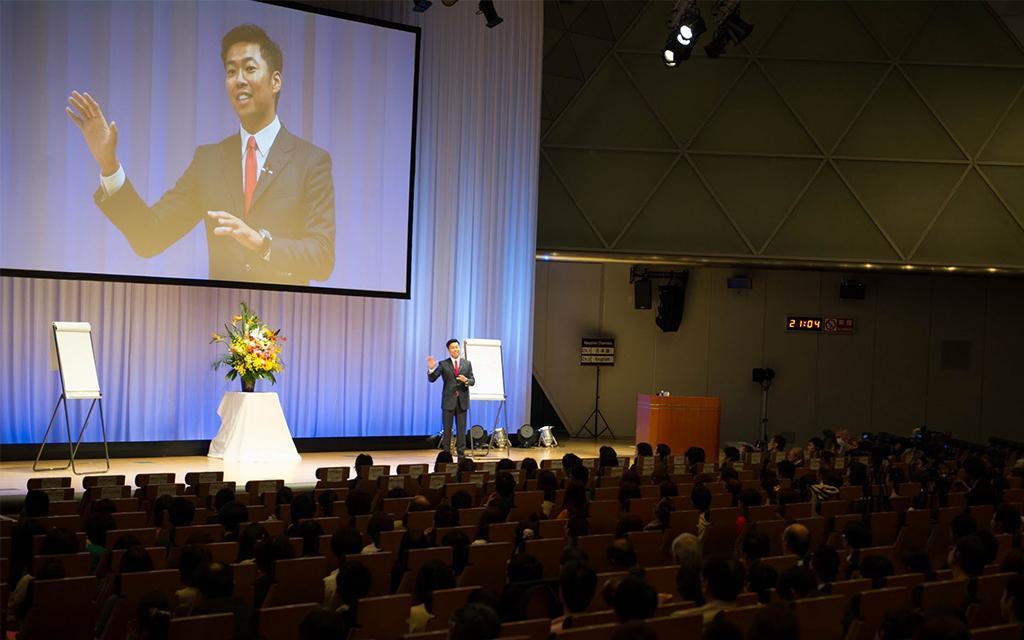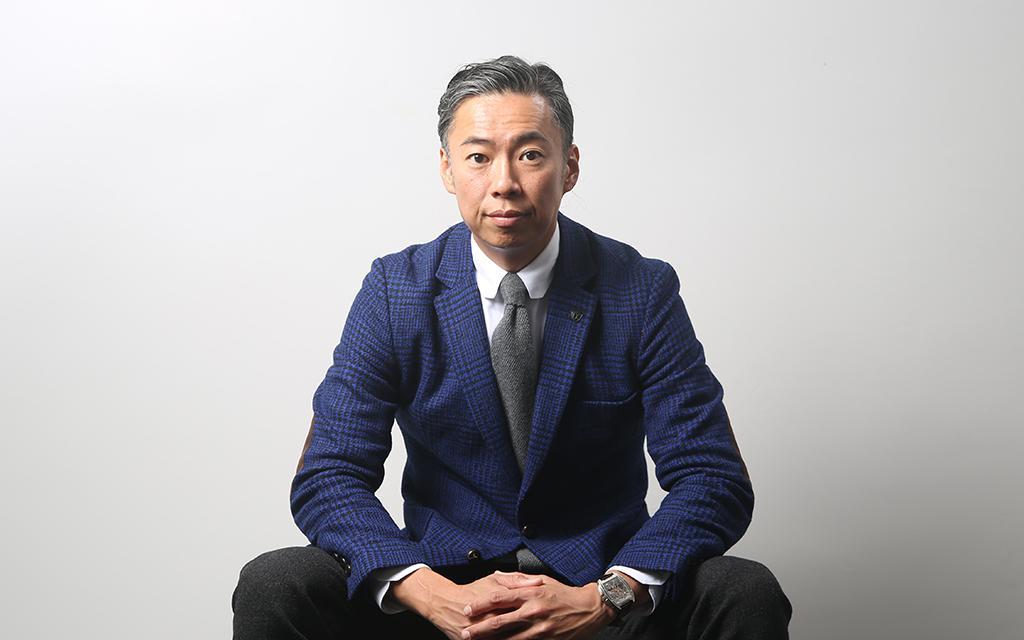In the journey of self-improvement and success, two powerful frameworks—the Japanese philosophy of Shuhari and DK Sugiyama’s SUGIYAMA Method—offer complementary approaches that can help individuals unlock their full potential. While Shuhari focuses on the process of mastering skills through stages of learning, the SUGIYAMA Method provides a step-by-step guide for taking actionable steps toward personal and professional growth. Together, these philosophies present a roadmap for achieving success that is both grounded in tradition and forward-looking in innovation.
Understanding Shuhari: The Stages of Mastery
Shuhari is a concept deeply rooted in Japanese tradition, often used to describe the stages of learning and mastering a craft, art, or discipline. The word itself breaks into three components:
- Shu (守): “Obey” or “Protect” – In this stage, the learner follows established teachings, traditions, or techniques without deviation. The focus is on absorbing knowledge, practicing fundamentals, and building a strong foundation.
- Ha (破): “Break” – Once the fundamentals are mastered, the learner begins to experiment and innovate. This stage is about questioning the rules and adapting them to fit personal style or evolving needs.
- Ri (離): “Separate” or “Transcend” – At the final stage, the learner transcends traditional forms, creating their unique approach. Mastery is no longer about adhering to rules but expressing creativity and individuality.
Shuhari emphasizes the importance of progression through these stages, recognizing that true mastery comes from first respecting tradition before breaking free to innovate. It’s a mindset that balances discipline and creativity, providing a timeless blueprint for growth.
The SUGIYAMA Method: Taking Action with Precision

DK Sugiyama shares his Sugiyama Method,inspired by Shuhari, to master global communication with authenticity and passion
DK Sugiyama’s SUGIYAMA Method complements Shuhari by offering a practical framework for achieving success through structured action. As outlined in his book The Skills to Take Action, Sugiyama’s method breaks down the process of growth into manageable steps, each represented by a letter in the acronym “SUGIYAMA.”
- S – Success is Inside You: Recognize that success begins with self-belief and the acknowledgment of your inherent potential.
- U – Understand Your Goals: Define clear and actionable objectives, ensuring a focused approach to progress.
- G – Grow Your Skill Set: Continuously learn and refine your abilities, staying committed to personal and professional development.
- I – Inspire Yourself to Change: Embrace change as an opportunity for transformation and growth.
- Y – YES! to Take Action: Adopt a proactive mindset and start taking steps, however small, toward your goals.
- A – Act When You Are Ready: Balance urgency with preparedness, ensuring deliberate and thoughtful action.
- M – Move Forward Step by Step: Break down big goals into smaller, achievable steps to sustain momentum.
- A – Adventure!: Approach life’s journey with curiosity and enthusiasm, seeing challenges as opportunities for discovery.
The SUGIYAMA Method emphasizes the importance of action, clarity, and resilience. It’s a roadmap that ensures individuals not only dream big but also take meaningful steps to turn those dreams into reality.
The Intersection of Shuhari and the SUGIYAMA Method
While Shuhari and the SUGIYAMA Method are distinct frameworks, their principles align beautifully, creating a powerful synergy. Shuhari provides a philosophical foundation for growth, while the SUGIYAMA Method translates that philosophy into actionable steps. Together, they offer a balanced approach to self-improvement that combines discipline, creativity, and practical application.
1. Building a Strong Foundation (Shu and “S-U-G”)
In the Shuhari framework, the Shu stage involves learning from established traditions and mastering the basics. This aligns with the initial steps of the SUGIYAMA Method: recognizing your inherent potential (S), understanding your goals (U), and growing your skills (G). Both approaches emphasize the importance of a strong foundation, ensuring that individuals are equipped with the tools and mindset needed for success.
2. Embracing Change and Innovation (Ha and “I-Y-A”)
The Ha stage of Shuhari encourages learners to break free from rigid adherence to tradition, allowing for experimentation and adaptation. This philosophy is echoed in the middle steps of the SUGIYAMA Method: inspiring yourself to change (I), saying “YES!” to action (Y), and acting when you are ready (A). Both frameworks recognize that growth requires a willingness to step out of comfort zones and embrace new possibilities.
3. Mastery and Adventure (Ri and “M-A”)
The Ri stage of Shuhari is about transcending tradition and creating a unique path. This corresponds with the final steps of the SUGIYAMA Method: moving forward step by step (M) and embracing life’s journey as an adventure (A). At this stage, individuals are no longer confined by rules or external expectations—they are free to explore, innovate, and thrive on their terms.
The Benefits of Combining Shuhari and the SUGIYAMA Method
By integrating the philosophical depth of Shuhari with the practical structure of the SUGIYAMA Method, individuals can achieve a holistic approach to growth. Here’s how this combination can transform lives:
1. Structured Learning and Growth
Shuhari provides a clear progression for mastering any skill, while the SUGIYAMA Method offers actionable steps to complement this journey. Together, they ensure that growth is both disciplined and dynamic.
2. Adaptability and Resilience
The emphasis on change and innovation in both frameworks equips individuals to navigate uncertainty with confidence. Whether adapting to new challenges or pursuing bold goals, this mindset fosters resilience and creativity.
3. Empowerment and Independence
Both Shuhari and the SUGIYAMA Method prioritize personal empowerment. By following these frameworks, individuals can build the confidence to take charge of their lives, make informed decisions, and carve out unique paths to success.
4. Lifelong Learning and Adventure
The journey of growth doesn’t end with achieving a goal. Both philosophies emphasize the importance of continuous learning and viewing life as an adventure. This perspective keeps individuals motivated, curious, and open to new opportunities.
Conclusion: A Harmonious Path to Success
Shuhari and the SUGIYAMA Method are more than just frameworks—they are transformative approaches that inspire individuals to pursue their fullest potential. By respecting tradition, embracing change, and taking actionable steps, anyone can embark on a journey of meaningful growth and success.
Whether you’re mastering a new skill, advancing your career, or striving for personal development, the combination of Shuhari and the SUGIYAMA Method offers a powerful roadmap. Together, they encourage discipline, creativity, and adventure, helping you turn aspirations into achievements and challenges into opportunities for self-discovery.








